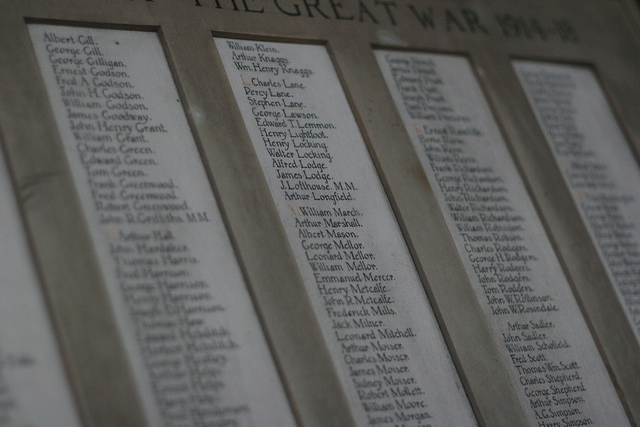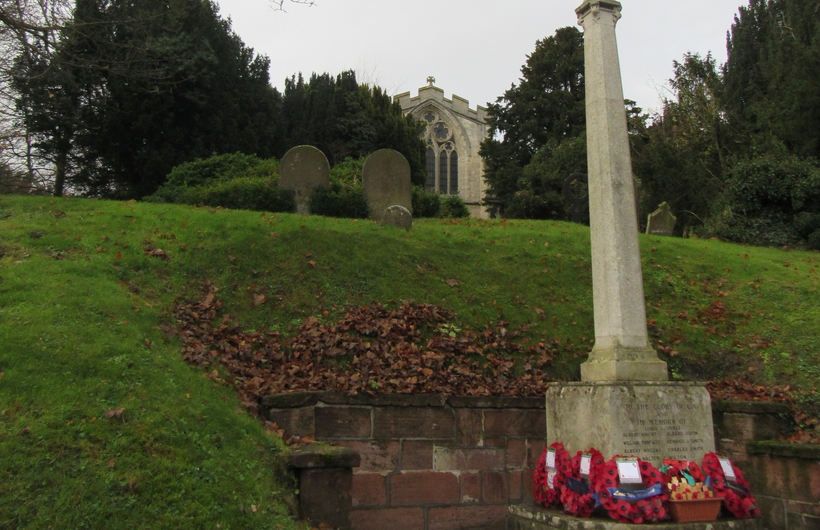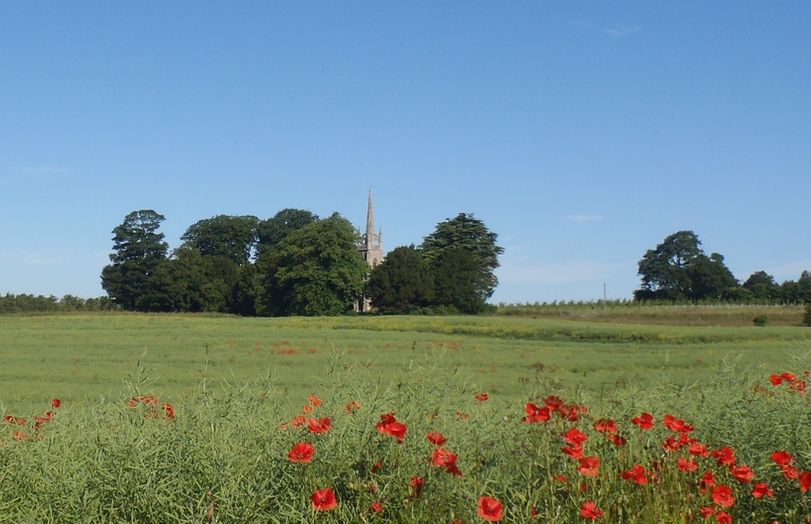Remembrance 2020
In November, our Learning and Participation team are usually busy out in our churches, leading sessions exploring the meaning of Remembrance, alongside local history investigations and craft activities such as making poppies. Current uncertainties and local restrictions mean that these activities are not taking place as normal. To ensure that Remembrance 2020 can still be meaningful for schools and children’s groups our experienced team has developed a new collection of learning and creative resources.
When choosing online resources many teachers seem to like a ‘pick and mix’ approach offering a range of content including good quality images, short video clips, questions, ideas, reliable references, and information, all presented in a simple user-friendly format. Each of these new Remembrance 2020 resources can be used for a stand-alone session or alternatively they can be used together to help provide a more in-depth focus. The resources include relevant and concise information and are clear and easy to use.

Following the Great War of 1914-1918, parish churches provided a local focus for commemorating the men from that community who had died in the war. Many churches installed rolls of honour and erected war memorials recording and remembering their names. Poppies grew abundantly on the battlefields of France and Flanders during World War I and the poem, ‘In Flanders Fields’, written in 1915 by Canadian doctor and soldier, Lieutenant Colonel John McCrae, helped to popularise the poppy as a symbol of remembrance. The first Remembrance Day was marked in Great Britain in 1919 and the Royal British Legion adopted the poppy as a symbol of war remembrance in 1921.
The new teaching resources show war memorials, rolls of honour, and stained glass windows from the CCT’s collection of churches, with the voices of the three regional Heritage Learning Officers guiding teachers and pupils through the presentation. Alongside these are creative activities encouraging pupils to reflect on the meaning of Remembrance with instructions for designing a Remembrance window or creating a unique poppy showing their own thoughts on Remembrance.
See an overview of the New Remembrance 2020 Resources www.visitchurches.org.uk/what-we-do/learning/schools.html

Also on the schools page is a collection of Teacher Resources covering a variety of curriculum subjects, which the team worked hard to revise and update over the summer. As well as RE and History topics, teachers can use CCT churches as a learning resource for STEM (Science, Technology, Engineering, and Maths), Geography, English, Drama, Art, and Design.
Not forgetting our family audiences, the team have also been working on creating online activities and participating in a number of festivals that have moved online this year such as the Council for British Archaeology’s Festival of Archaeology and Engage Children’s Arts Week (which became three weeks).
To let us know what you think of these new resources or any other ideas you have for using our historic churches with your school or children’s group email [email protected]

